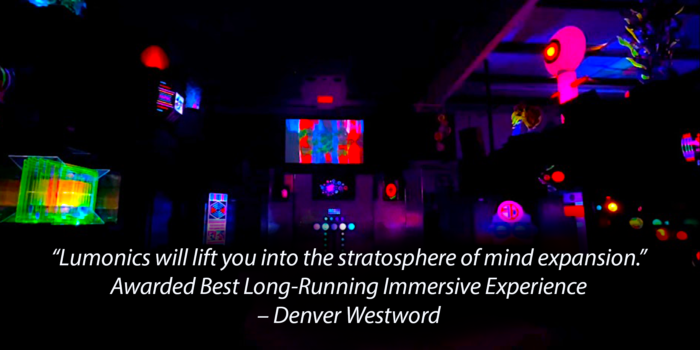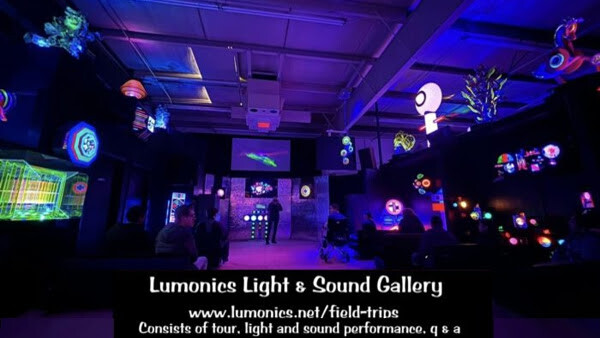At a recent online gathering of the World Experience Organization, a presenter suggested taking the letters of the name of your project or company and using that to define what the project is about. Here is Lumonics:

L. light
U. uplifting
M. music
O. one-of-a-kind
N. nourishment
I. immersive
C. captivating
S. sensory







